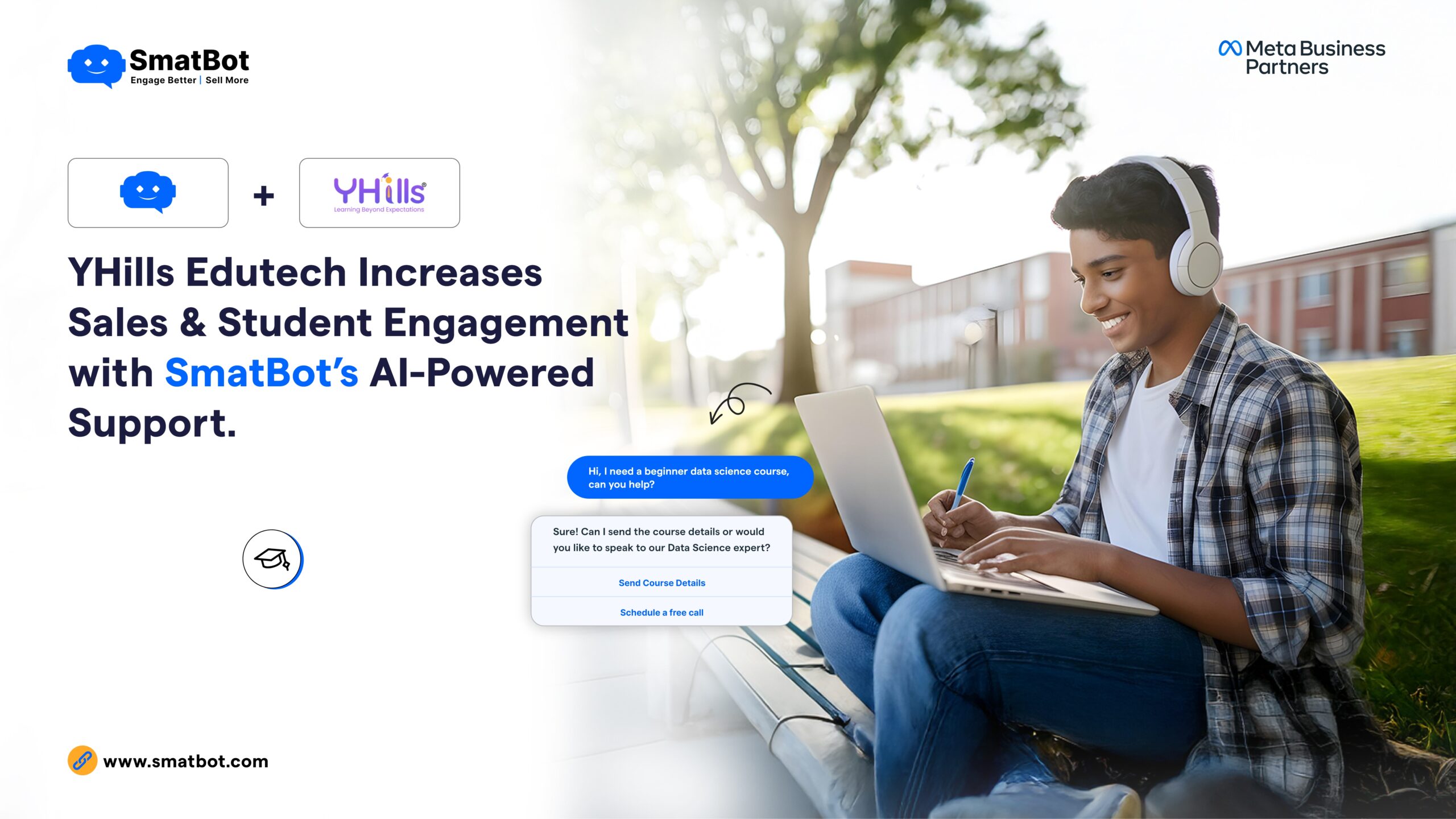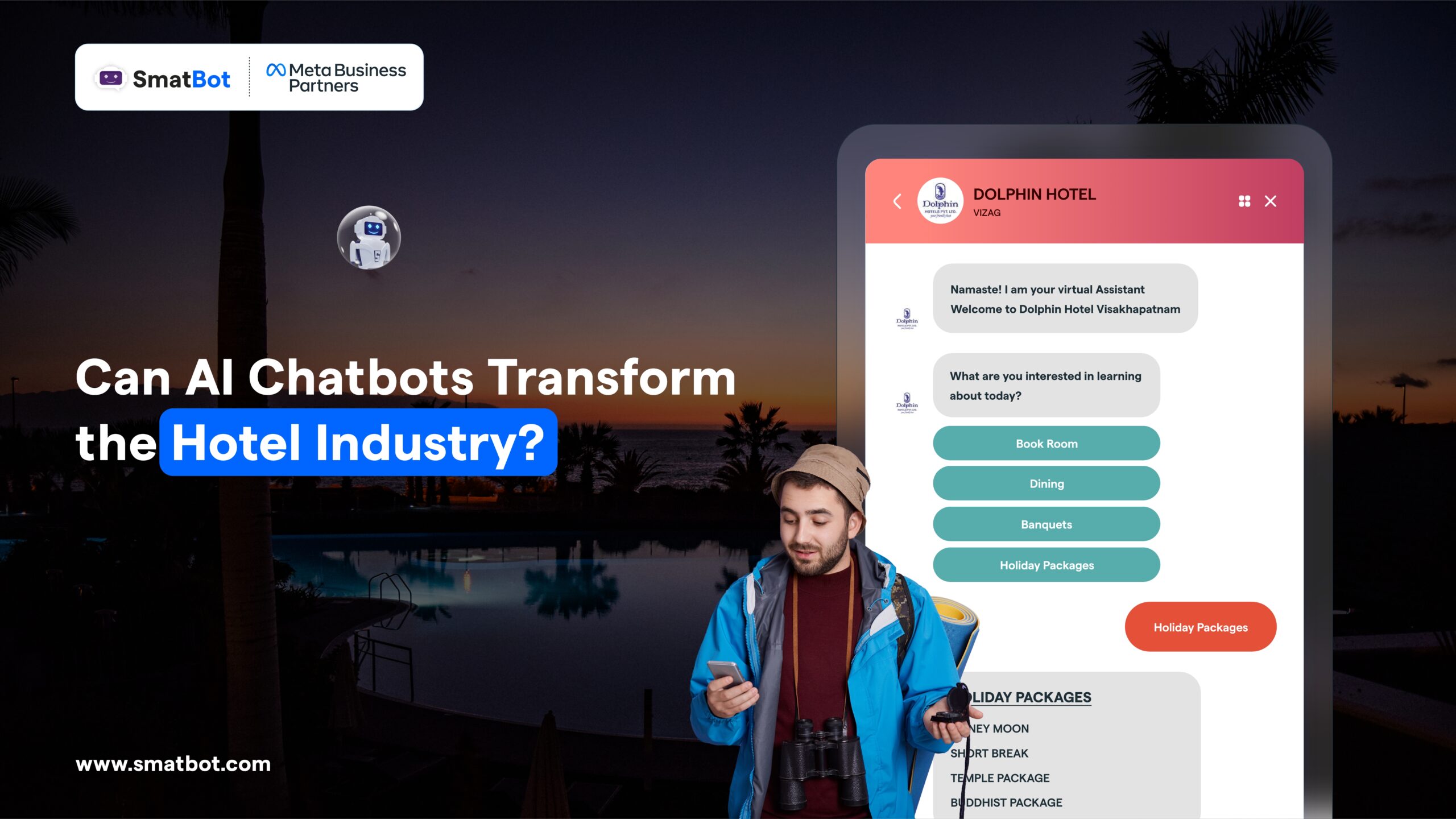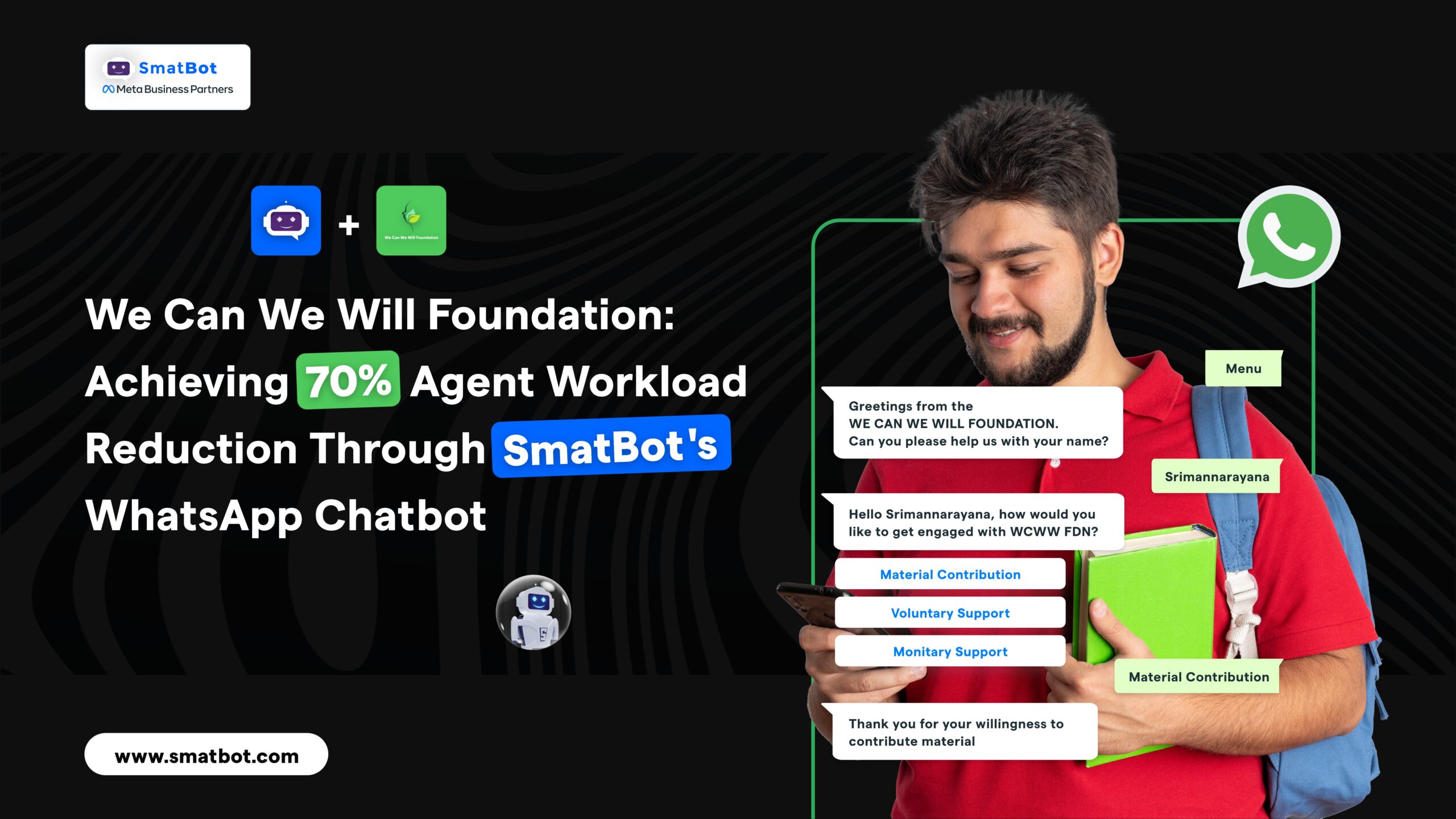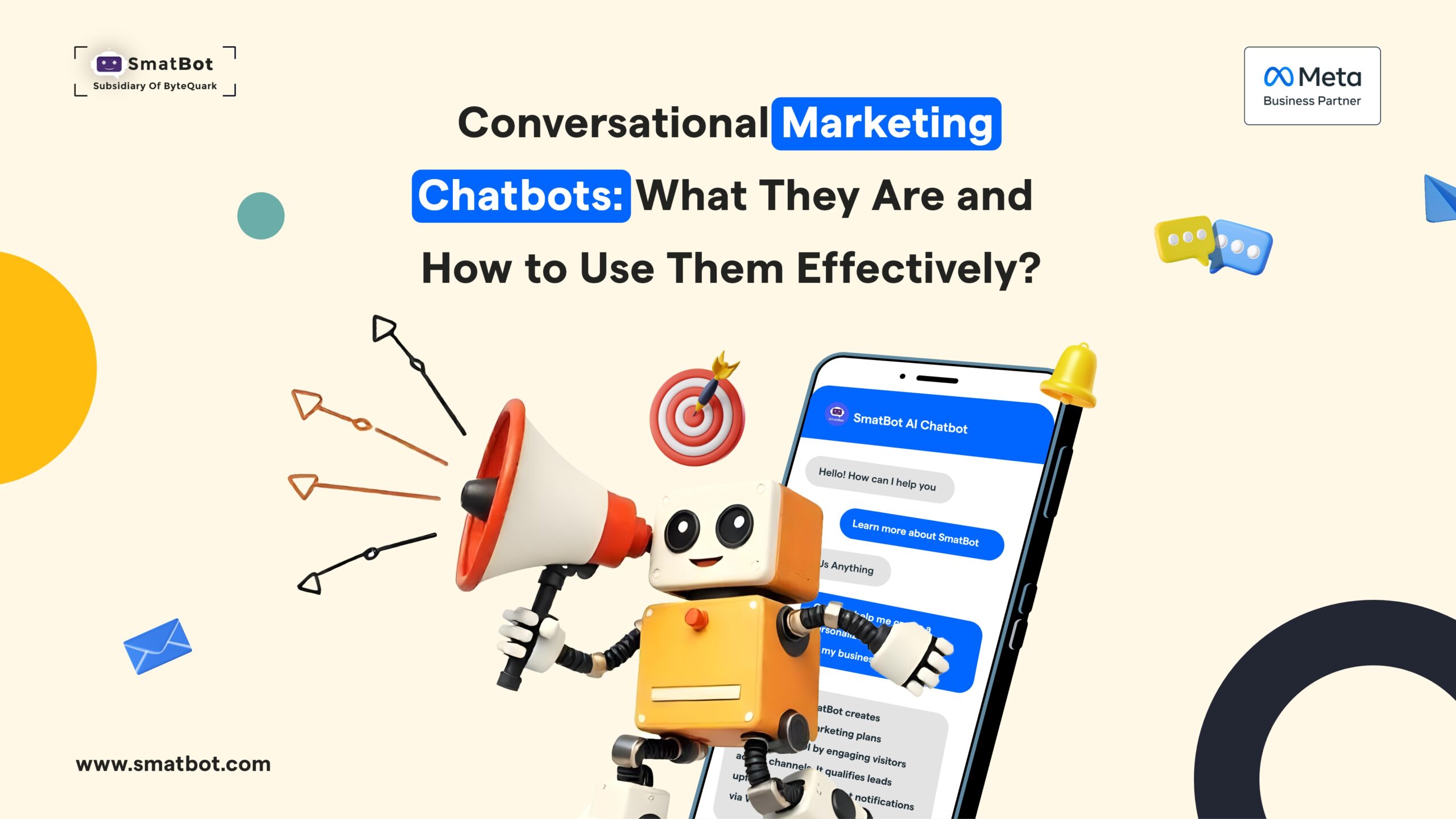Why Interactive Landing Pages are the Future?
If you have a website, and the first thing you found was, maybe, a quiz, or a profit calculator, or so on, you already have an idea about Interactive Landing Pages (ILP). Now, the question is to delve deeper into the world of the ILP and explore how it’s magical.
Broadly speaking, and as the name suggests, interactive landing pages are such landing pages that employ various techniques to literally ‘interact’ with you, the visitor.The motive of such interactions is instead apparent – to convert website traffic into actual leads and sales. It must be borne in mind that it’s much easier to define interactive landing pages than it is to grasp their fullest potential.
In this article we are taking you through the layered domain of interactive landing pages to understand their worth.
Before taking you into deeper insights, let’s first briefly look at how and why the interactive landing pages came into being. Then, we would move further into dissecting the concept itself and finding out its uniqueness and its pros and cons.
After that, we would also look at how brands can use interactive landing pages to improve their Returns on Investments (RoI) significantly.
The Coming of Interactive Landing Pages
Presently, marketers are drooling over interactive landing pages and all the benefits they bring to the table. Yet, it’s rather needless to say that this wasn’t always the case.
In the early days of the internet, in general, and digital marketing, brands focused only on getting more people to visit their website. Once on the website, visitors were usually navigated onto its various parts, each of which unfolded some aspect of the brand.
In those times, the marketing techniques evolved to be extremely efficient in channeling web-traffic and keeping them on the site. Although things were going fine, more or less, marketers were unaware of a very crucial aspect in this regard.
By focusing only on drawing traffic and not converting them into sales, early web-marketers overlook the online flâneur. They failed to realize that only about 1% of the total traffic was converted into sales.
Thankfully for present marketers, their predecessors eventually woke up to this bizarre loss and came up with the landing page’s ground-breaking idea.
When they came, the landing pages with simple HTML forms completely transformed the world of online marketing by drastically raising a brand’s conversion rates.
Thereon, faced by the downsides of the traditional landing page (owing, primarily, to the fact that it was boring), marketers have now developed and moved on to interactive landing pages to take the web-experience to another level altogether.
Landing Page– What It Means?
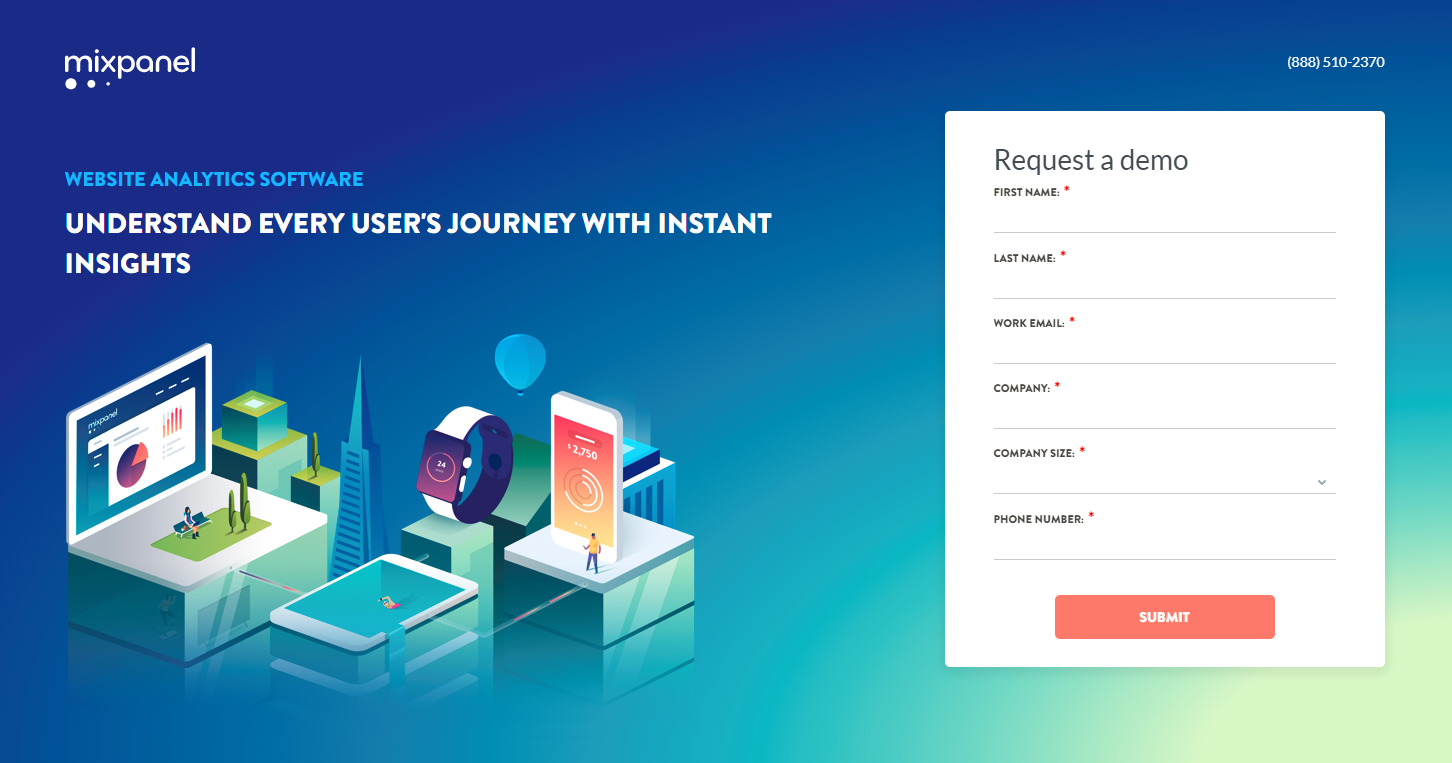
In strictly technical terms, the page on which you ‘land’ when you visit a website is the landing page. It was how landing pages were initially perceived when Seth Godin introduced the idea in 1991.
However, with time, the term has come to mean more than just the ‘page that you land upon.’ Presently, a landing page refers to a page highlighting and focuses on an ongoing offer or a campaign message.
Usually, a marketing campaign is used to draw traffic onto the landing page whose purpose is to entice the visitor into taking ‘actions’ that translate into tangible returns for the brand.
In themselves, these actions might be manifold, including joining the mailing list, subscribing to the newsletter, making a purchase, and so on.
Although landing pages brought a significant change in the brands’ profits, something was still missing. Primarily, the reason behind this was that traditional landing pages weren’t engaging enough for the visitors.
They highlighted the offers alright; got the visitors to focus where they wanted them to; yet, they couldn’t manage to motivate visitors to take as much action as was desirable.
Grappling with such shortcomings, marketers and developers came up with interactive landing pages.
So, “how was it different?” you may ask.
Interactive Landing Pages – Differences & Benefits
Among other things, interactive landing pages psychologically motivate their visitors into taking action by tapping on factors like curiosity and the fear of being left out.
Moreover, they also employ potent psychological principles like The Endowment Effect and Operant Conditioning.
Grabbing potential customers’ attention and holding on to the same are the cornerstones of effective digital marketing.
More often than not, we pay more attention to things in which we have to participate actively. All the more so if it’s exciting and fun.
Using interesting interactive content, such as quizzes, puzzles, scratch boxes, and more, interactive landing pages performs significantly well for visitor attention. The active use of psychological motivations is the fundamental point of difference between traditional and newer landing pages.
Now, let us look at some of the significant benefits of using an interactive landing page.
- New Experience to Audience – Interactive Landing Pages-Offer a fresh and transformed experience to the users, which invites them to engage more with the brand than before.
- High Response Rate – By instilling a communicative tone to the brand-user interaction, interactive landing pages make the affair more personal. In this way, they also lead to higher response rates in comparison to the traditional landing pages.
- High Social Validity – Regular interactions between a brand and its user base develop a deeper relationship which also imparts greater social validity. In doing so, brands grow their social media following and benefit from increased recommendations.
- Strengthens Brand Reputation and Loyalty – When a brand allows the potential customer to participate in the campaign actively, its reputation is significantly strengthened. After all, who doesn’t respect the one who validates her? In return, the brand is also more likely to benefit from the customer’s loyalty.
- Search Engine Optimization (SEO) – Google and other search engines judge a website’s value based on the time users spend therein. Moreover, they also take into account factors like engagement and user satisfaction. Interactive content, in general, and interactive landing pages, in particular, are highly beneficial in this regard.
According to ion Interactive, proper use of interactive content on landing pages has allowed brands to move from the initial 1% conversion rates (with static content) to as high as 36%. Moreover, it also culminates in a 30% click-through rate and an 85% completion rate.
An Enhanced Digital Experience
So, you might be thinking about where and how the traditional landing pages lagged. Well, to put it shortly, they could provide information, images and more, but they couldn’t give the experience which visitors these days are looking for.
Despite everything, traditional landing pages could only offer a formulaic experience. The scope for the uniqueness of a landing page was somewhat limited since, at most, they reorganized the same elements in different ways.
It meant that a potential customer only witnessed the outer appearance and not its soul, so to say. With time, the online consumer’s demands changed, and the landing page had to adapt to these changes.
The new-age web user is mostly looking for content, or campaign for that matter, that is informative and meaningful. They demand a digital experience from a website and not just some bundle of improperly served information.
Moreover, she wants to be an active part of this experience herself.
As we know, “the first impression is the last impression.” It couldn’t be more accurate than in the case of brand websites (unless your product is something as essential as a patented life-saving drug).
More often than not, the landing page is the first direct digital communication that a potential consumer has with a brand and, in a way, vice-versa. In this regard, interactive landing pages are highly significant as they ensure visitors’ engagement with the brand.
Also, who doesn’t like getting something more than what they asked for? Imagine yourself going to a website looking for a piece of boring information and being treated with a lovely experience up-front. Of course, you’d love the one who gave you that. I would, surely!
Some Numbers
At times, numbers show average values and obscure the intrinsic differences. Yet, at other times, the same numbers are of immense significance. The case of interactive landing pages involves the latter possibility. Hence, this section.
According to a digital marketing landscape study titled The Power of Digital Experiences (2014), it was found that 76% of the respondents who used interactive content experienced significant revenue growth.
Moreover, 67% of marketers believed that interactive content allowed them to restructure the existing content better.
So much from the marketers’ perspective. You might be thinking, what about us then? After all, we are the consumers, and we are supposed to the kings and queens. Aren’t we?
As per Demand Gen Content Preference Survey Report, 2015, 91% of the researched consumers said they love interactive landing pages and content more than their static counterparts.
As a wise reader must already have noted, these are reports from a few years back when interactive landing pages grew their popularity.
Yet, they don’t fall any short of anything but marvelous results. As is needless to say, the engagement benefits and everything good about these pages have only increased with time.
The ‘Reveal Marketing’ Mechanism
Thus far, we have seen how and to what extent interactive landing pages better a brand’s performance. Before moving on to the concluding part of this long-enough article, it would be worthwhile to explore another exciting aspect of our subject.
Even though it further lengthens the article, it must add substantially to the benefits discussed before. So, let’s get on with it.
Reveal Marketing uses a specific kind of interactive content while communicating with users directly and through the interactive landing page. In this method, the users must perform particular actions, such as scratching, reshuffling, and so on, to access a hidden message.
This method’s fundamental significance lies in employing all of the psychological principles mentioned above. Consequently, it is one of the most effective ways of using interactive content on a brand’s website, especially on the landing page.
Faced with a hidden message, the user is curious. Such curiosity, along with the fear of missing out, compels the user to, at least, click on the content.
The method also uses other factors like the IKEA effect, the near-miss theory, the endowment effect, and operant conditioning.
The method of revealing marketing helps in various ways, ranging from a more significant number of clicks to more long-lasting outcomes that emanate from the heightened user engagement.
However, only the tip of the iceberg when it comes to the imports of the strategy. I’d urge the interested reader to read further about this concept for a better and more nuanced understanding.
Downsides of Interactive Landing Pages
As with everything else, interactive landing pages have their downsides as well. Although they have not been found to overwhelm the manifold benefits, they are significant, nonetheless.
Primarily, the problems are:
- Interactive content, and especially landing pages, don’t come very cheap. Not only does it involve the costs of monitoring, but they have also to be updated from time to time.
- Designing an effective interactive campaign requires a substantial amount of time and effort on the maker’s part.
- At times, interactive landing pages don’t function equally well on all devices, especially if the internet connectivity is not strong enough.
Conclusion
In all, there is very little doubt that interactive landing pages are transforming the future for businesses, at least on the digital platform.
As we have seen, they not only enhance immediate sales but also strengthen the brand-customer relationship. In this way, they lead to, sort of, permanent returns for the brand.
As is evident, the technologies and the trends behind such pages are also evolving with time. Alongside, given the speedy developments in the field of AI.
Brands might eventually be able to provide all the more holistic, interactive experiences to their customers through their website’s landing pages. Who knows?
You can now create an interactive landing page in less than 2 minutes with SmatBot. Please check here for setup instructions.




